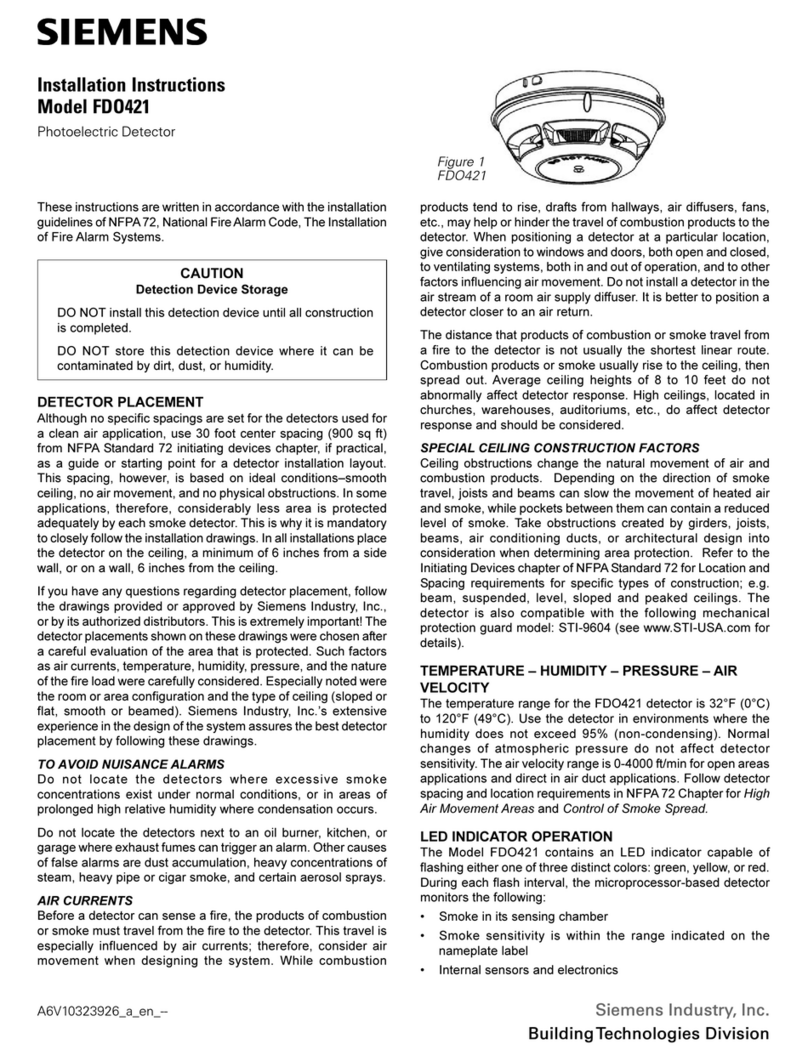Siemens DF-30 Owner's manual
Other Siemens Security Sensor manuals
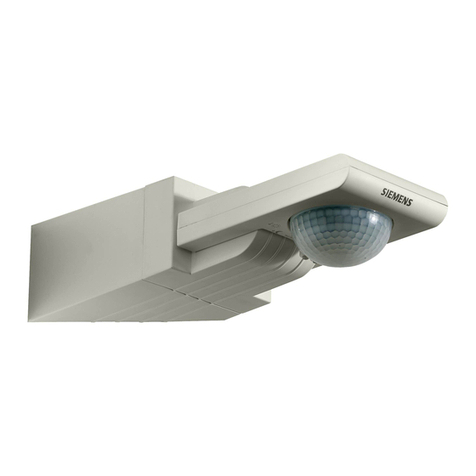
Siemens
Siemens GAMMA instabus AP 251/11 Service manual
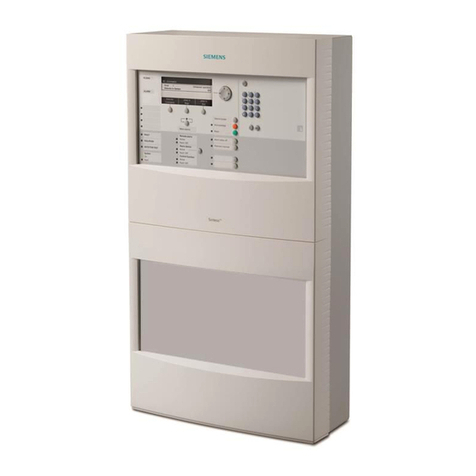
Siemens
Siemens FS20 Technical manual

Siemens
Siemens FDT181 User manual
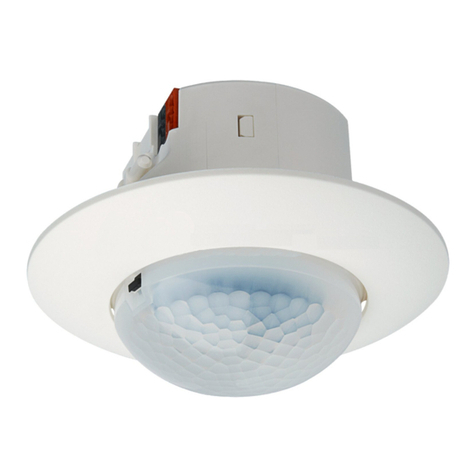
Siemens
Siemens 5WG1 258-2EB22 User manual

Siemens
Siemens IR100B User manual
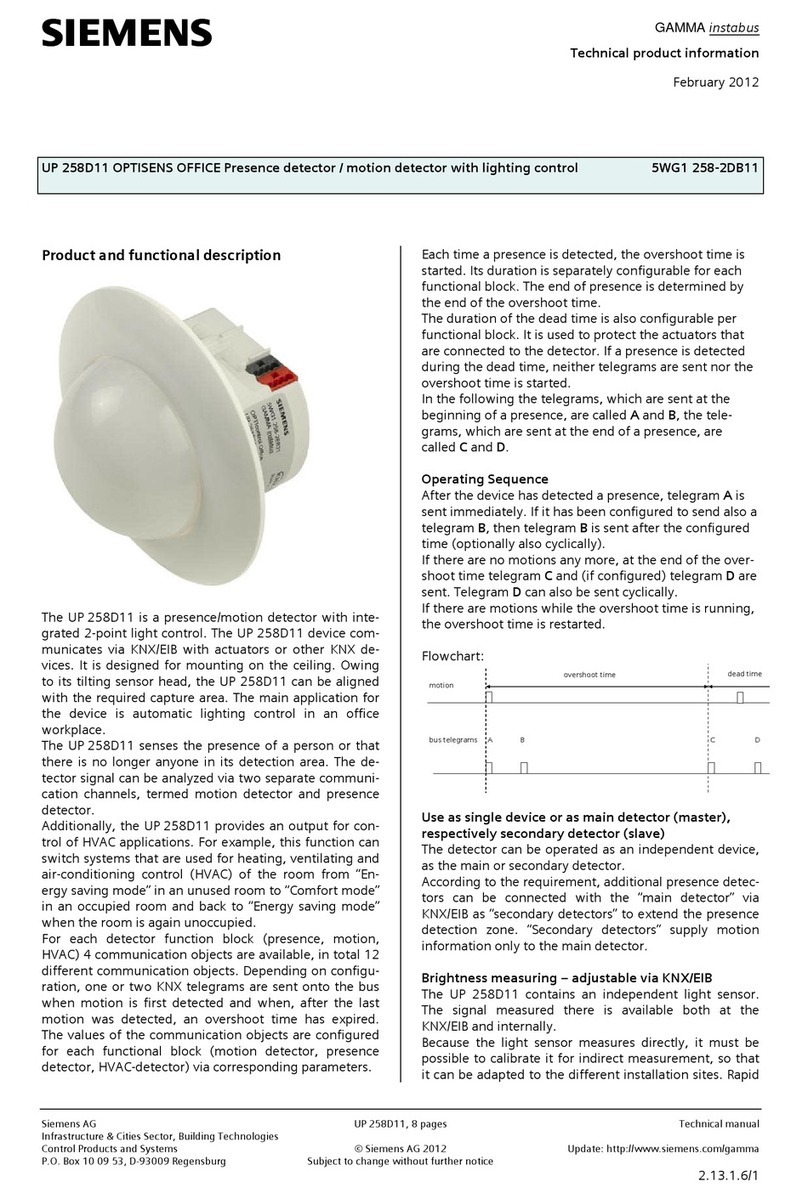
Siemens
Siemens UP 258D11 OPTISENS OFFICE User manual

Siemens
Siemens Sinteso FD20 Operation manual

Siemens
Siemens FDOOTC241 User manual
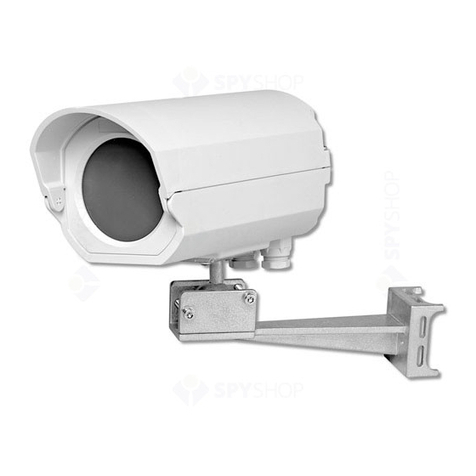
Siemens
Siemens Intrunet IS392 User manual
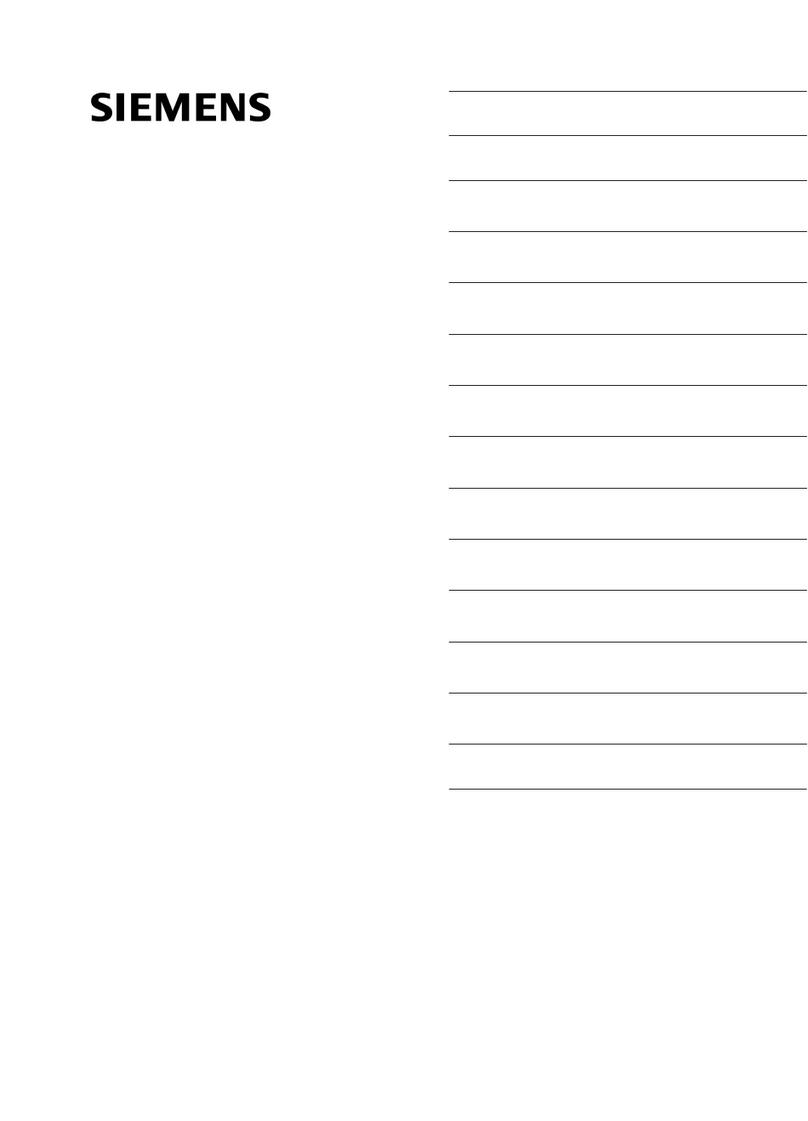
Siemens
Siemens SICAM V01.00 User manual
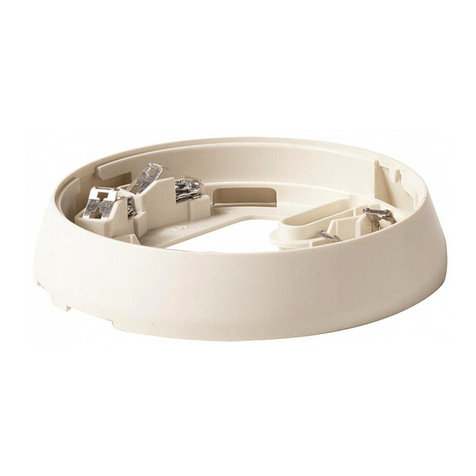
Siemens
Siemens DB110 User manual
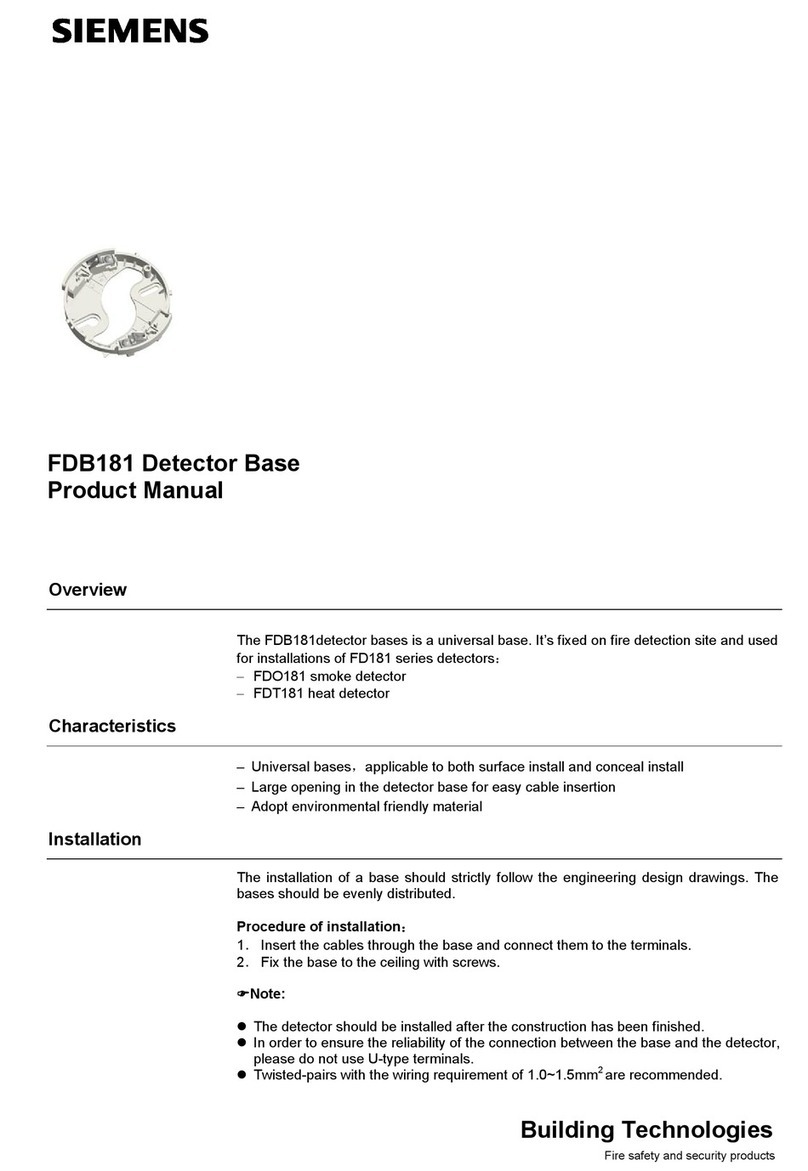
Siemens
Siemens FDB181 Series User manual
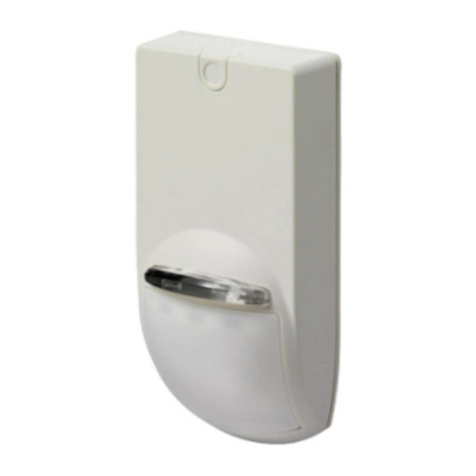
Siemens
Siemens ADM-Q12T User manual
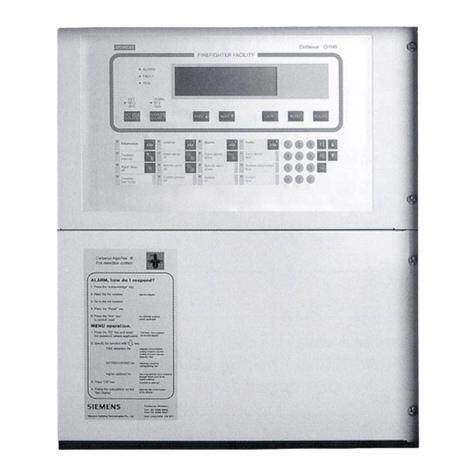
Siemens
Siemens Cerberus CS1140 Guide
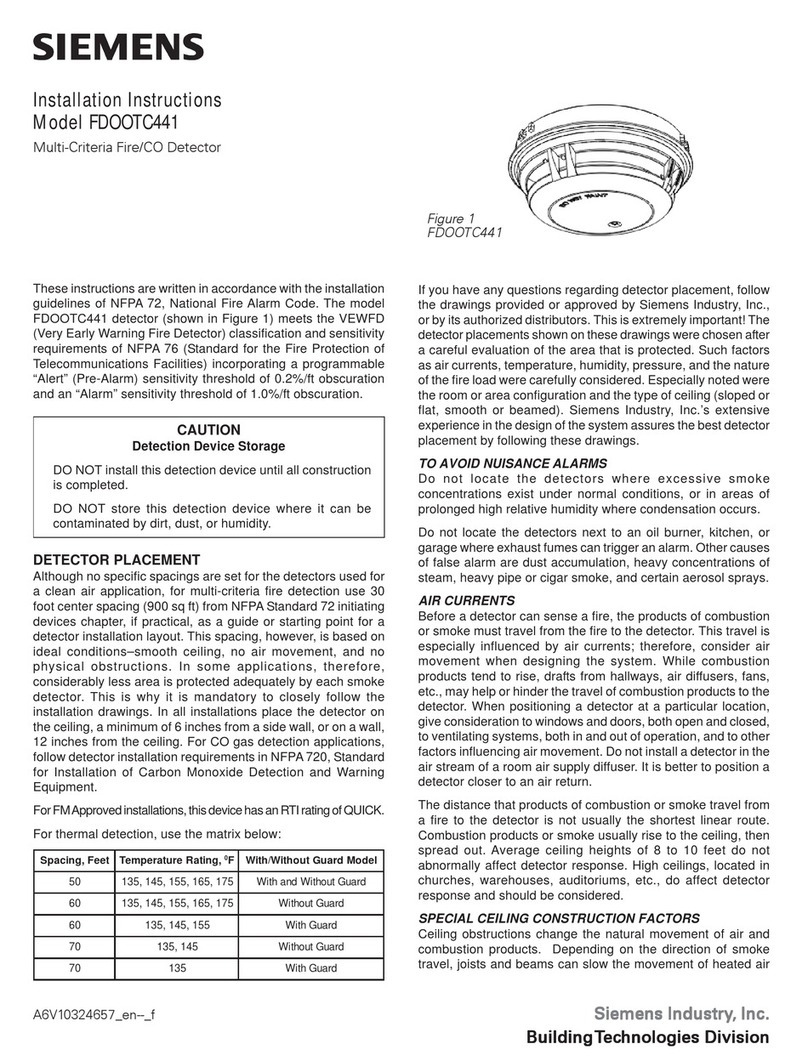
Siemens
Siemens FDOOTC441 User manual
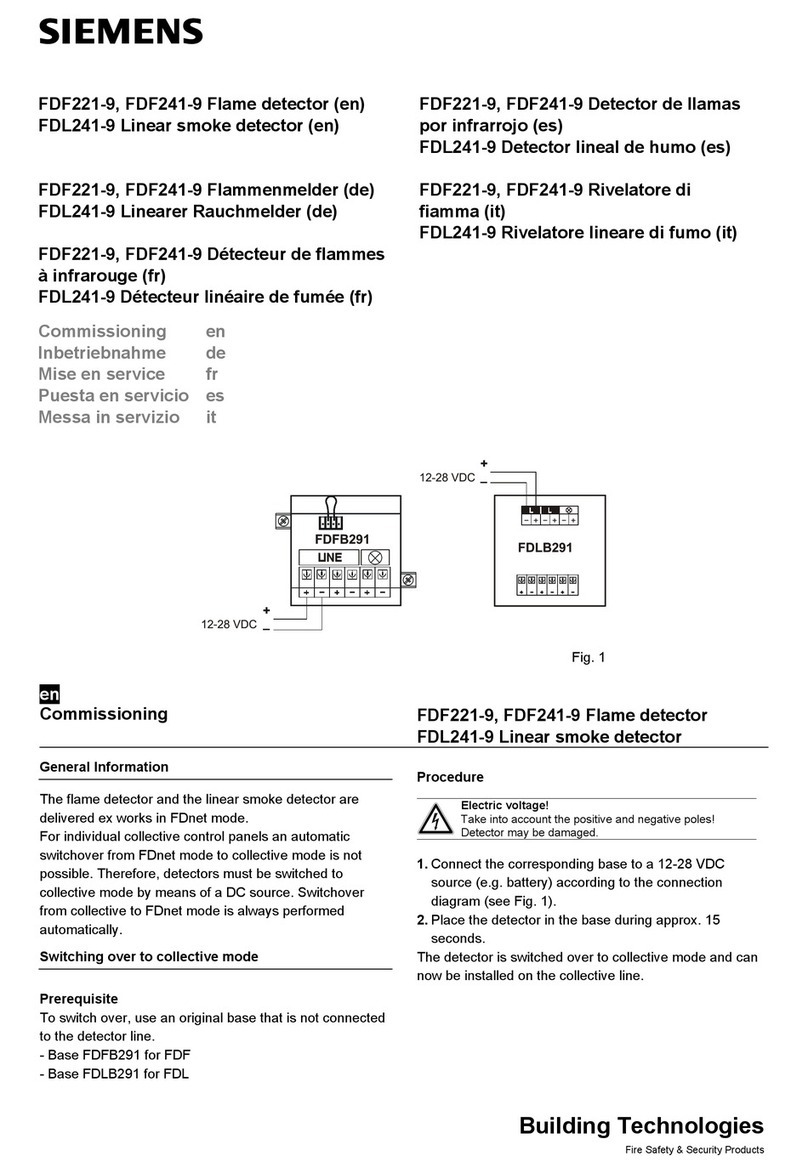
Siemens
Siemens FDL241-9 Guide
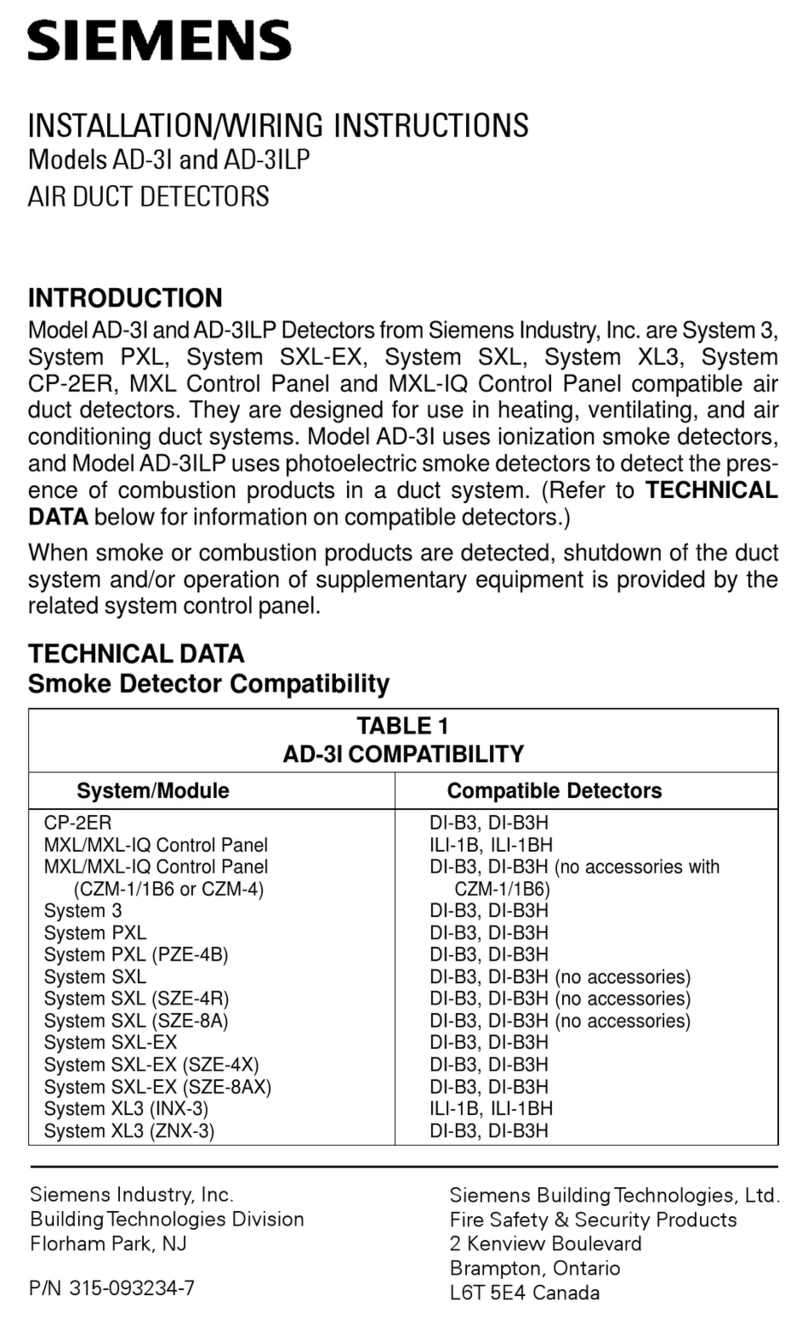
Siemens
Siemens AD-3I User manual
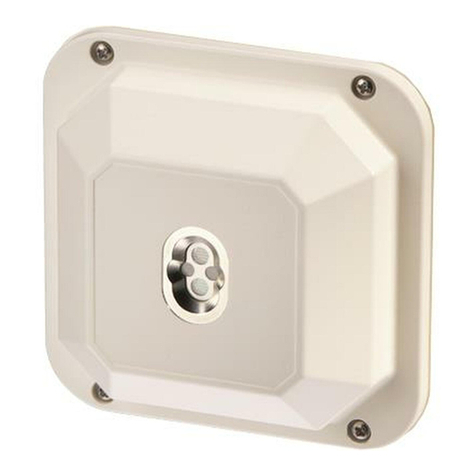
Siemens
Siemens FDF241-9 User manual
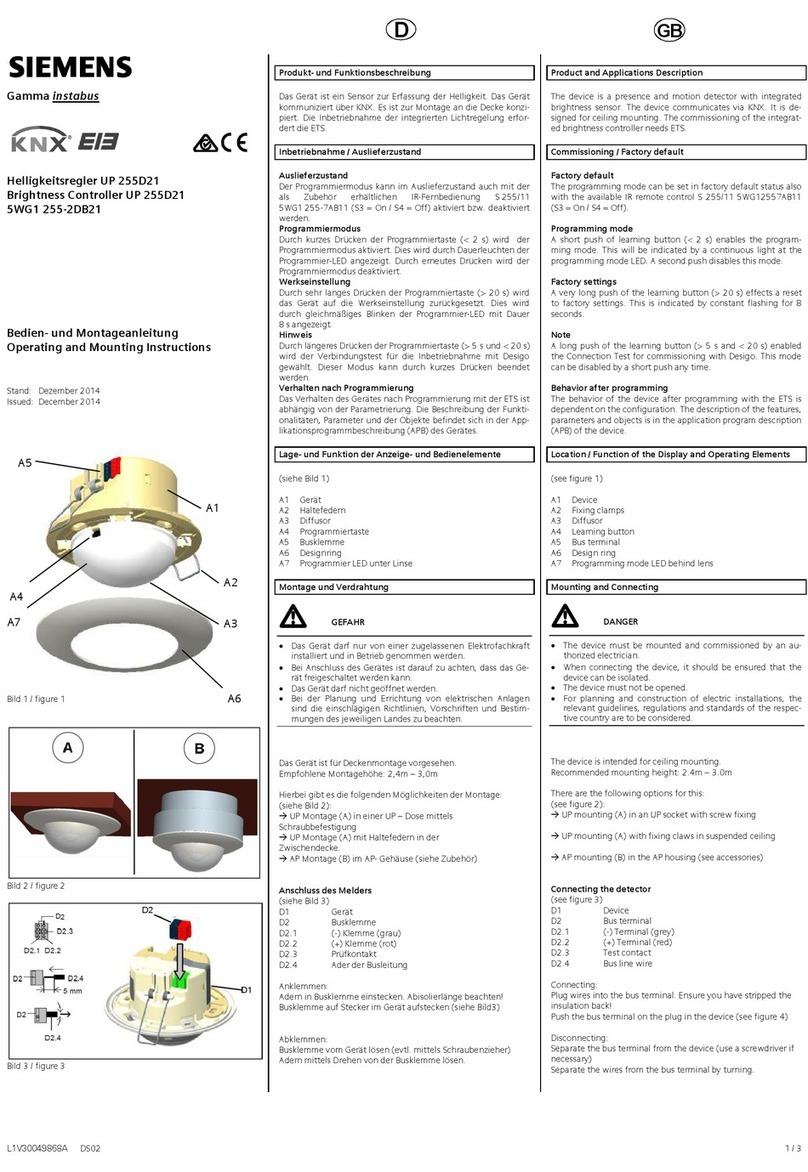
Siemens
Siemens UP 255D21 5WG1 255-2DB21 Service manual
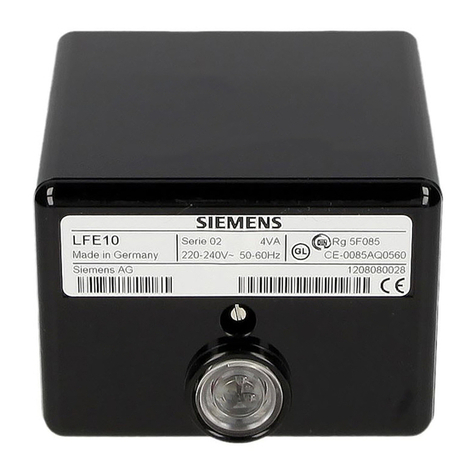
Siemens
Siemens LAE10 User manual
Popular Security Sensor manuals by other brands

Shinko
Shinko SE2EA-1-0-0 instruction manual

Det-Tronics
Det-Tronics X Series instructions

ACR Electronics
ACR Electronics COBHAM RCL-300A Product support manual

TOOLCRAFT
TOOLCRAFT 1712612 operating instructions

Elkron
Elkron IM600 Installation, programming and functions manual

Bosch
Bosch WEU PDO 6 Original instructions



